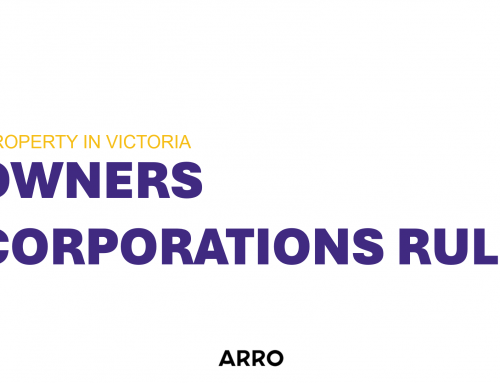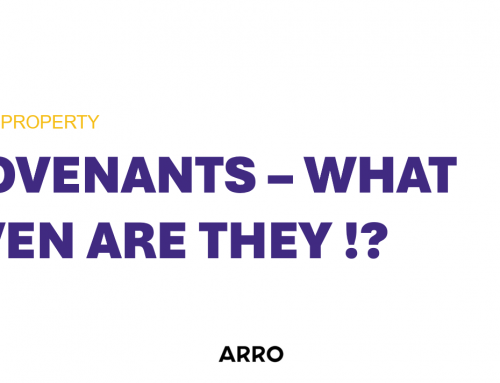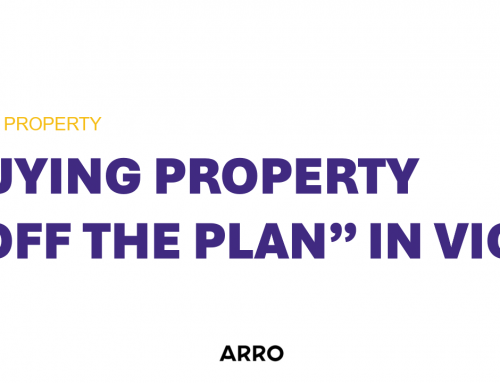Victoria’s property tax landscape has undergone significant changes recently, impacting both homeowners and investors. With property prices rising and the government looking for ways to support housing affordability and generate revenue, understanding these changes is crucial for anyone involved in the real estate market.
In this guide, we’ll break down the key updates to Victoria’s property tax system, how they affect homeowners, and what you need to consider to stay compliant while protecting your investments.
Key Property Tax Changes in Victoria
- Windfall Gains Tax: One of the most notable changes is the introduction of the Windfall Gains Tax (WGT), which came into effect on July 1, 2023. This tax applies to landowners who experience significant value increases when their land is rezoned.
- Vacant Residential Land Tax: The Vacant Residential Land Tax (VRLT) is designed to discourage property owners from leaving residential properties vacant. This tax applies to homes that remain unoccupied for more than six months within a calendar year.
- Land Tax Changes for Trusts and Companies: Another key change relates to the way land tax is applied to properties held in trusts and companies. Previously, individuals and companies faced different tax scales, but recent reforms have made trust-held properties more expensive to maintain.
- Principal Place of Residence (PPR) Exemptions and Land Tax: Victoria’s Principal Place of Residence (PPR) exemption remains in place, ensuring that homeowners occupying their property as their main residence are not subject to land tax. However, there are updates to exemptions for certain second homes and unoccupied properties.
What Homeowners Need to Know
For homeowners, the most significant property tax updates revolve around the Principal Place of Residence (PPR) exemption and the Vacant Residential Land Tax (VRLT). If you’re a homeowner in Victoria, here are some tips to help you manage your tax obligations:
- Monitor the Use of Secondary Properties: If you own a holiday home or an investment property, ensure that it is either occupied or leased out for more than six months of the year to avoid the VRLT.
- Understand Your Exemptions: If you temporarily move out of your primary residence for work or travel, be mindful of how long the property is vacant. If it remains unoccupied for an extended period, you may lose your PPR exemption and become liable for land tax.
Victoria’s recent property tax changes reflect the government’s focus on increasing revenue while encouraging the efficient use of residential properties. While these updates create new obligations for homeowners, careful planning can help you navigate the evolving landscape.
Understanding how these changes affect you will ensure you stay compliant while making the most of your property investments. If you’re unsure about your tax obligations or need advice on structuring your investments, Arro Lawyers is here to help. We can provide expert guidance to ensure you’re well-prepared for the latest property tax regulations in Victoria.
For more information or assistance, reach out to Arro Lawyers today – rest assured you are in good hands with our Property Manager, Andrea Simpson, who has built her practice exclusively in this area owing to her wealth of knowledge and experience.




